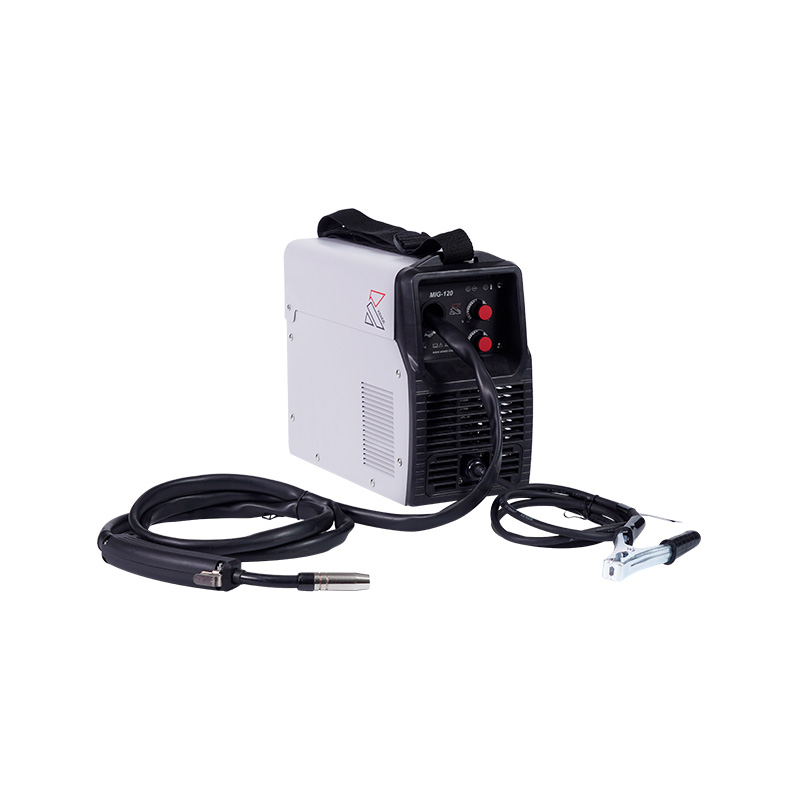Email: [email protected]
 2025.10.17
2025.10.17
 Industry News
Industry News

Inverter MIG welders have transformed the welding industry by offering compact, energy-efficient alternatives to traditional welding machines. Their advanced technology provides precision, versatility, and better performance for a wide range of metal fabrication tasks. But what features specifically make inverter MIG welders efficient?
Compact Design and Portability
One of the noticeable features of inverter MIG welders is their compact and lightweight design. Unlike traditional transformer-based welders, inverter machines are smaller and easier to transport. This portability allows welders to move between workspaces with minimal effort, reducing downtime and improving overall workflow.
A smaller footprint does not compromise performance. In fact, the lightweight design often contributes to faster setup and easier handling, making welding operations more efficient and less physically demanding.
Advanced Power Control
Efficiency in welding often depends on precise power delivery. Inverter MIG welders use electronic components to convert AC power to DC and then regulate the output. This process allows for stable arc performance and consistent weld quality, even when working with thin metals or varying joint configurations.
Adjustable settings for voltage and wire feed speed ensure that energy is used effectively, minimizing spatter and reducing material waste. By providing controlled power, these welders allow operators to work faster without sacrificing accuracy or durability.
Energy Efficiency
Compared to conventional MIG welders, inverter models consume less electricity for the same welding tasks. The efficient conversion of power reduces energy loss and lowers operating costs over time. Many inverter MIG welders also feature standby modes or automatic shut-off functions, further conserving energy when the machine is not actively welding.
This efficiency is particularly beneficial for workshops or sites with high-volume welding requirements, as it helps maintain productivity while controlling electricity usage.
Versatility and Multi-Material Capability
Another factor contributing to the efficiency of inverter MIG welders is their versatility. Many models can handle a variety of materials, including steel, stainless steel, and aluminum. Some units also support flux-cored welding, allowing users to work without shielding gas in specific conditions.
Being able to switch between materials and welding methods without changing machines reduces setup time and improves workflow. Operators can complete different projects with a single, adaptable welder, enhancing overall efficiency.
User-Friendly Features
Ease of use also contributes to operational efficiency. Features such as digital displays, intuitive controls, and thermal overload protection help welders operate the machine safely and effectively. Inverter MIG welders often provide smoother arc starts and better control over weld bead formation, reducing rework and material waste.
These user-friendly aspects make the welding process quicker and more reliable, particularly for less experienced operators or in fast-paced workshop environments.
Inverter MIG welders are efficient due to their compact design, advanced power control, energy efficiency, versatility, and user-friendly features. These characteristics allow operators to work more quickly, accurately, and cost-effectively across various welding applications. For both professionals and hobbyists, investing in an inverter MIG welder can cause to better productivity, reduced energy consumption, and high-quality results.